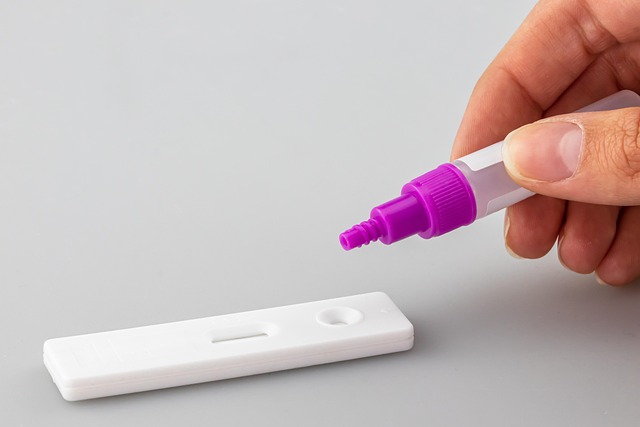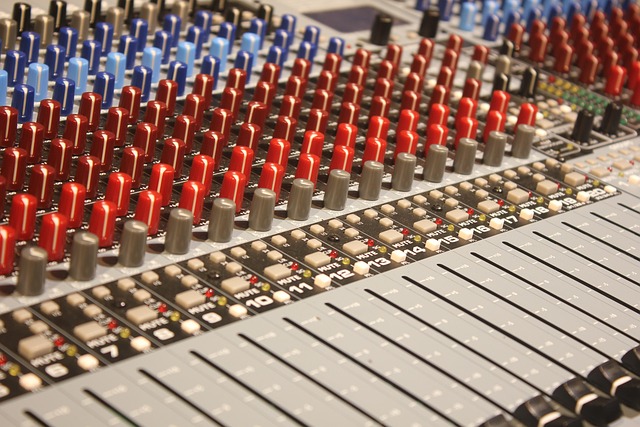Testing the Waters: a Guide to Audio Recording in Your Home Cinema Room
Setting up a home cinema room is an exciting project, blending the magic of video with immersive audio to create a personal theater. But when it comes to audio recording within this space, the journey is much like the first cautious test dive into unknown waters — intriguing, promising, yet filled with variables to consider. Whether you’re capturing voiceovers, filming content, or just exploring audio recording as a hobby, understanding the unique dynamics of your home cinema room is key.
Why Test Matters in Home Cinema Audio Recording
Your home cinema is designed primarily for playback — those crisp visuals and booming surround sound effects that make your favorite movies come alive. However, when you flip the perspective from playing audio to capturing it, the room acoustics become a crucial factor. Before jumping straight into recording sessions, it’s important to test how sound behaves in your space.
Sound reflections, echoes, and ambient noise that enhance cinematic experience while watching can actually work against clear audio recording. Conducting preliminary tests helps you identify spots with optimal sound clarity, and it informs choices in microphone placement, acoustic treatment, and equipment use.
Balancing Audio and Video in Your Test Setup
Recording audio for video in a home cinema room poses an additional challenge: ensuring both mediums complement each other perfectly. The acoustics that make movie dialogues immersive might complicate recording clean audio for your videos with unwanted reverberations.
Utilizing your home cinema’s video playback as part of the test phase can simulate real recording conditions. Play back clips with dialogue and music while monitoring microphones’ capture of both ambient and direct sounds. This approach helps you tweak settings and positioning to strike the best balance between video enjoyment and recording quality.
Practical Tips for Running Your Audio Tests
- Soundproof and Treat the Room: Use heavy curtains, carpets, and acoustic panels to minimize echoes and outside noise.
- Microphone Placement: Experiment with different angles and distances from your sound source to find a sweet spot during your test recordings.
- Make Multiple Takes: Record the same section several times to compare how slight changes impact the final audio.
- Use Test Signals: Employ pink noise or spoken word samples to evaluate room response and microphone capture characteristics.
- Monitor With Headphones: Listen carefully to your test recordings in real-time, identifying problematic background sounds or distortions.
The Unique Advantage of Your Home Cinema Room
While setting up for audio recording in your home cinema room might come with its challenges, it also offers a one-of-a-kind advantage: the ability to harness the cinematic atmosphere you’ve already crafted. Once your test phases confirm an optimal set-up, you unlock a creative space where recorded audio and video naturally mesh, delivering a professional-grade experience right at home.
So, embrace the process of testing, adapting, and tuning. In the intersection of home cinema and audio recording, careful tests aren’t just a preliminary step — they’re the foundation for bringing your audiovisual projects to life with clarity and impact.



